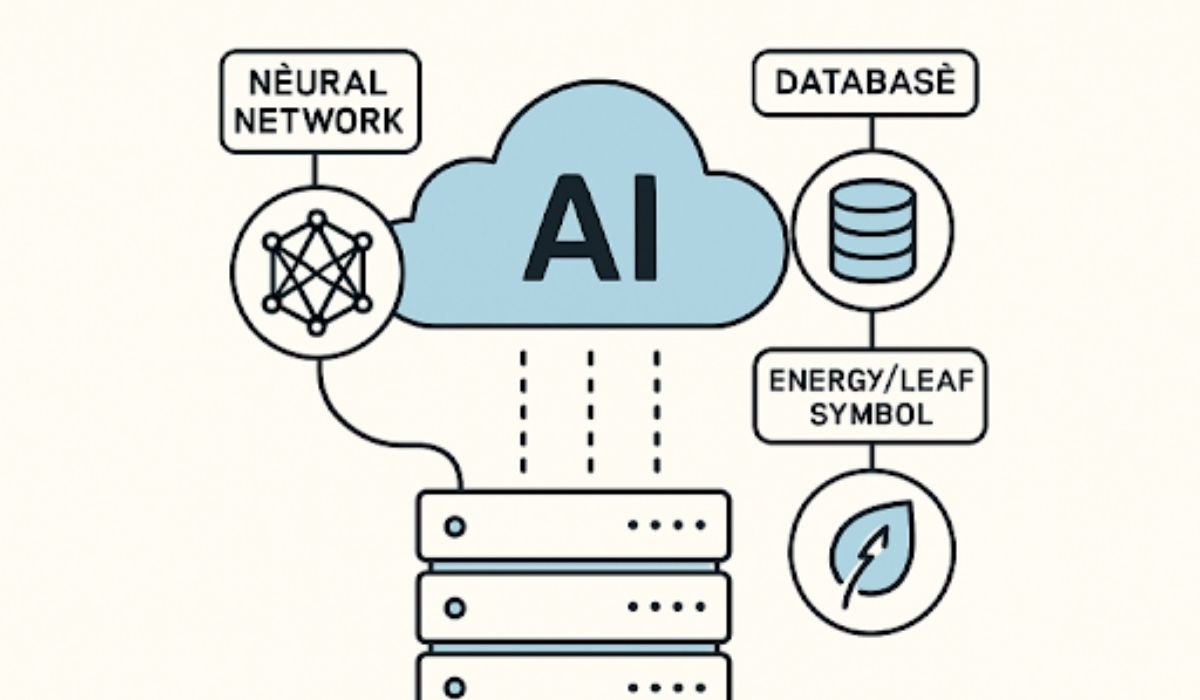Key Takeaways
- AI’s data-intensive nature is reshaping storage infrastructure requirements.
- Innovations like object storage and vector databases are emerging to meet AI demands.
- Environmental concerns are rising due to the energy consumption of AI-driven data centers.
Table of Contents
- AI-Driven Data Storage Demands
- Emerging Storage Technologies for AI
- Ecological Implications of AI Data Storage
- Future Trends in AI and Data Storage
- Conclusion
AI-Driven Data Storage Demands
Artificial intelligence is increasingly at the core of digital transformation strategies, prompting organizations worldwide to rethink their approach to data storage. The exponential volumes of data needed to train modern models have outpaced the capabilities of traditional storage systems. Today’s AI workloads demand high throughput and low latency, not just expansive capacity. Many enterprises are turning to an AI-powered solution that provides quick, reliable access to massive datasets and intelligently manages resources for peak efficiency to meet these requirements.
AI’s relentless appetite for data has exposed weaknesses in legacy storage infrastructure. Traditional file and block storage architectures can become bottlenecks, unable to deliver the parallelism and throughput AI algorithms require. In this context, modern storage platforms have emerged, offering flexible scalability, robust data management, and automated tiering — all essential ingredients to support the data-intensive nature of AI and machine learning. CIO reports that storage infrastructure is now as critical as processing power in driving AI outcomes.
This transformation is more than just a matter of scale. Enterprises must consider the accessibility and resilience of their datasets, ensuring that AI workloads have seamless, secure, and rapid access to critical insights. The shift to an AI-powered solution also brings more intelligent automation and orchestration—integral for streamlining data movement between storage layers and reducing manual overhead.
Companies leading innovation in this space, such as Cloudian, are architecting storage environments specifically for AI’s heavy demands. Their scalable storage systems facilitate a seamless data flow between storage and compute environments, reducing complexity and latency for AI model training and inference. This results in improved outcomes and significant operational efficiencies. MIT News highlights how these solutions are essential for organizations seeking to extract full value from AI initiatives.
Emerging Storage Technologies for AI
As AI’s storage requirements evolve, so does the technology designed to support it. Two major innovations are emerging to address modern challenges: object storage and vector databases.
- Object Storage: Unlike traditional storage methods, object storage treats data as discrete objects accompanied by metadata and unique identifiers. This structure perfectly suits the vast volumes of unstructured data prevalent in AI workloads—ranging from images to sensor streams. Companies like Cloudian are now integrating object storage with vector database technology, making data retrieval more efficient for AI inference and training.
- Vector Databases: As AI models increasingly rely on high-dimensional representations (vectors) to process language, images, and more, vector databases provide an optimized backend for these requirements. By storing data in vector formats, these systems streamline access for AI models, enabling faster and less resource-intensive processing. This not only accelerates model performance but also curtails computational costs. MIT Technology Review explores how vector databases quickly become the backbone of advanced AI deployments.
Environmental Implications of AI Data Storage
With AI’s rapid adoption, environmental sustainability is an ever-growing concern. The energy required for data center operations—specifically, for training and deploying advanced AI models—is skyrocketing. AI-driven applications need powerful GPUs, high-performance storage, and enormous energy reserves to keep workloads running efficiently. According to Time, some AI tasks may consume as much energy as several households do in a year, raising urgent questions about climate impact and responsible technology stewardship.
Industry leaders are exploring renewable energy sources, eco-friendly cooling systems, and more efficient storage hardware to mitigate these effects. Innovations in data center design—from advanced virtualization to AI-optimized cooling algorithms—are critical in reducing the AI infrastructure carbon footprint. Strategic data management, such as intelligent data placement and deduplication, also plays a pivotal role in lowering storage-related energy consumption.
Future Trends in AI and Data Storage
Several emerging trends promise further to redefine the relationship between AI and data storage:
- Cloud Rebalancing: Many organizations are revisiting their cloud strategies by seeking a healthy balance between public cloud deployments and on-premises or hybrid models. This approach allows for optimized performance, enhanced data security, and better cost management—particularly critical as AI workloads become increasingly central. As the CIO has described, this trend is shaping enterprise data landscapes.
- Data Management Integration: Storage solution providers are embedding sophisticated data management tools within their platforms. These next-generation features—data cataloging, lifecycle management, and automated compliance—are invaluable for organizations grappling with the complexity and volume of AI datasets. As noted by TechTarget, enhanced data management not only streamlines storage operations but also improves scalability, reliability, and efficiency.
AI’s accelerating influence on data storage is undeniable. The future will demand more agile, eco-conscious, and intelligent architectures to realize AI’s full promise. For organizations, success will depend on continuous innovation and mindful management—adopting storage strategies that keep pace with AI while meeting responsible sustainability goals.
Conclusion
The evolution of artificial intelligence is reshaping how organizations manage, protect, and optimize data storage, offering both exciting opportunities and complex challenges. By enabling intelligent automation, predictive maintenance, and advanced analytics, AI-driven solutions help businesses improve efficiency, reduce costs, and better anticipate future storage demands. At the same time, concerns around data security, integration, and governance highlight the need for thoughtful planning and strong oversight. Organizations that balance innovation with robust safeguards will be best positioned to unlock AI’s full potential while ensuring compliance and resilience. Ultimately, embracing AI in data storage is not just about keeping pace with technology—it is about creating more intelligent, adaptive systems that empower growth and provide a competitive edge in a data-driven world.
You may also like: NippyBox: Simplicity & Speed in Cloud Storage – But Is Privacy Enough in 2024?

